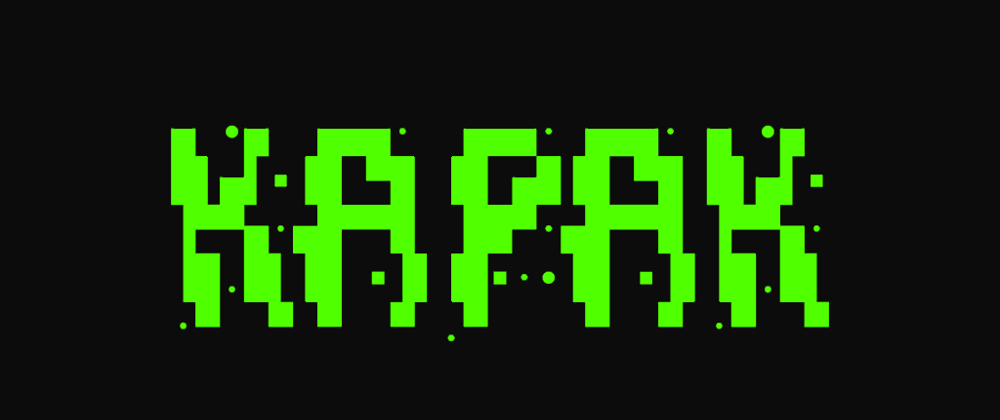Hey Dev,
I've recently published a Python package. It's called Kapak (means mold). You can check it out here.
Kapak is a file encryption script/library and it takes advantage of AES_256_CBC cipher.
Installation
Installing with pip:
pip install kapak
CLI Usage
kapak [global options] [command] [command options] [input]
kapak [encrypt | e] [options] [input]
kapak [decrypt | d] [options] [input]
For more help run:
kapak --help
Encrypt file
$ kapak encrypt -o ./image.jpg.kpk ./image.jpg
Enter password:
Confirm password:
■■■■■■■■■■ 100%
$ kapak decrypt -o ./image.jpg ./image.jpg.kpk
Enter password:
■■■■■■■■■■ 100%
Encrypt stdin
$ echo 'secret stuff' | kapak encrypt | base64
Enter password:
Confirm password:
AAAAbWth...t/ILJW/v
$ echo 'AAAAbWth...t/ILJW/v' | base64 --decode | kapak decrypt
Enter password:
secret stuff
You can change the buffer size by passing
-bor--buffer-sizeoption followed by a number.
$ cat ./text.txt | kapak encrypt -b 1024 > ./text.txt.kpk
Enter password:
Confirm password:
$ kapak decrypt -b 1024 ./text.txt.kpk > ./text.txt
Enter password:
Password file
You can put the password in a file and then pass it with -p or --password-file option if you want to use Kapak non-interactively.
$ echo 'P@ssw0rd' > ./password.txt
$ kapak encrypt -p ./password.txt -o ./image.jpg.kpk ./image.jpg
■■■■■■■■■■ 100%
$ kapak decrypt -p ./password.txt -o ./image.jpg ./image.jpg.kpk
■■■■■■■■■■ 100%
Make sure to shred the password file afterwards. (If it's on an SSD then good luck shreding it)
Integration
You can also integrate Kapak into your Python projects.
Encrypt file
from pathlib import Path
from kapak.aes import encrypt
input_file = Path("image.jpg")
output_file = Path("image.jpg.kpk")
with input_file.open("rb") as src, output_file.open("wb") as dst:
total_len = input_file.stat().st_size
progress = 0
for chunk_len in encrypt(src, dst, "P@ssw0rd"):
progress += chunk_len
print(f"{progress}/{total_len}")
kapak.aes.encryptis a generator. It yields the length of encrypted data on every iteration.
from pathlib import Path
from itertools import accumulate
from kapak.aes import decrypt
input_file = Path("image.jpg.kpk")
output_file = Path("image.jpg")
with input_file.open("rb") as src, output_file.open("wb") as dst:
total_len = input_file.stat().st_size
for progress in accumulate(decrypt(src, dst, "P@ssw0rd")):
print(f"{progress}/{total_len}")
kapak.aes.decryptis a generator. It yields the length of decrypted data on every iteration.
Encrypt stdin
import sys
from io import BytesIO
from kapak.aes import encrypt
with BytesIO() as dst:
for _ in encrypt(
src=sys.stdin.buffer,
dst=dst,
password="P@ssw0rd",
buffer_size=1024
):
pass
encrypted_data = dst.getvalue()
print(encrypted_data.hex())
Encrypt anything
from io import BytesIO
from kapak.aes import encrypt
anything = b"anything"
with BytesIO(anything) as src, BytesIO() as dst:
for _ in encrypt(
src=src,
dst=dst,
password="P@ssw0rd",
buffer_size=1024
):
pass
encrypted_data = dst.getvalue()
print(encrypted_data.hex())
Feedback 🤩
I'd be happy checking your feedbacks.







Top comments (0)